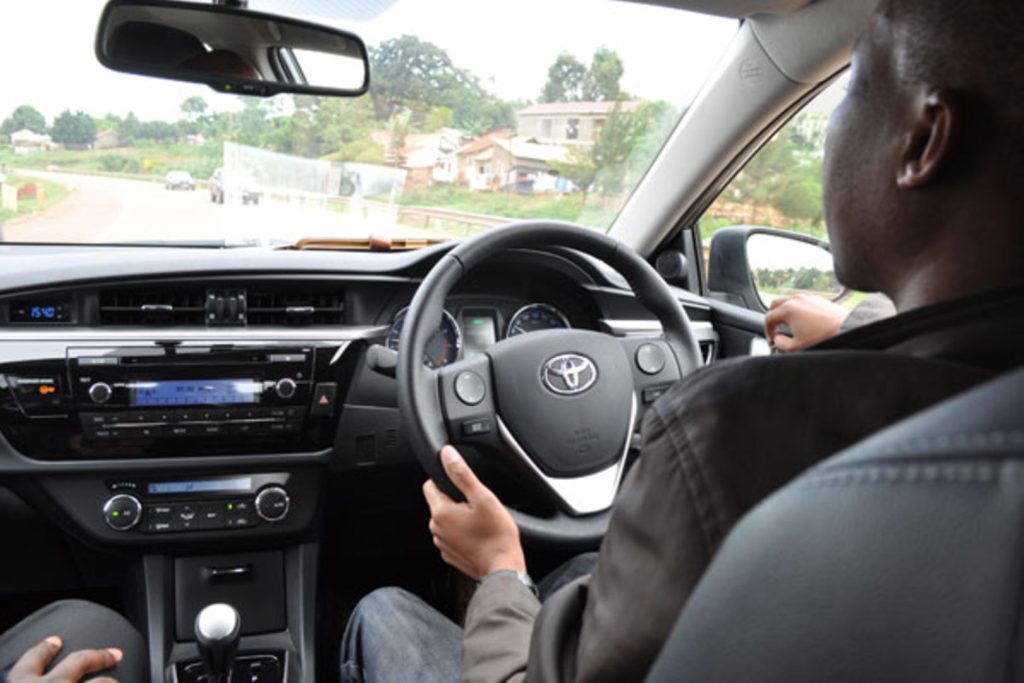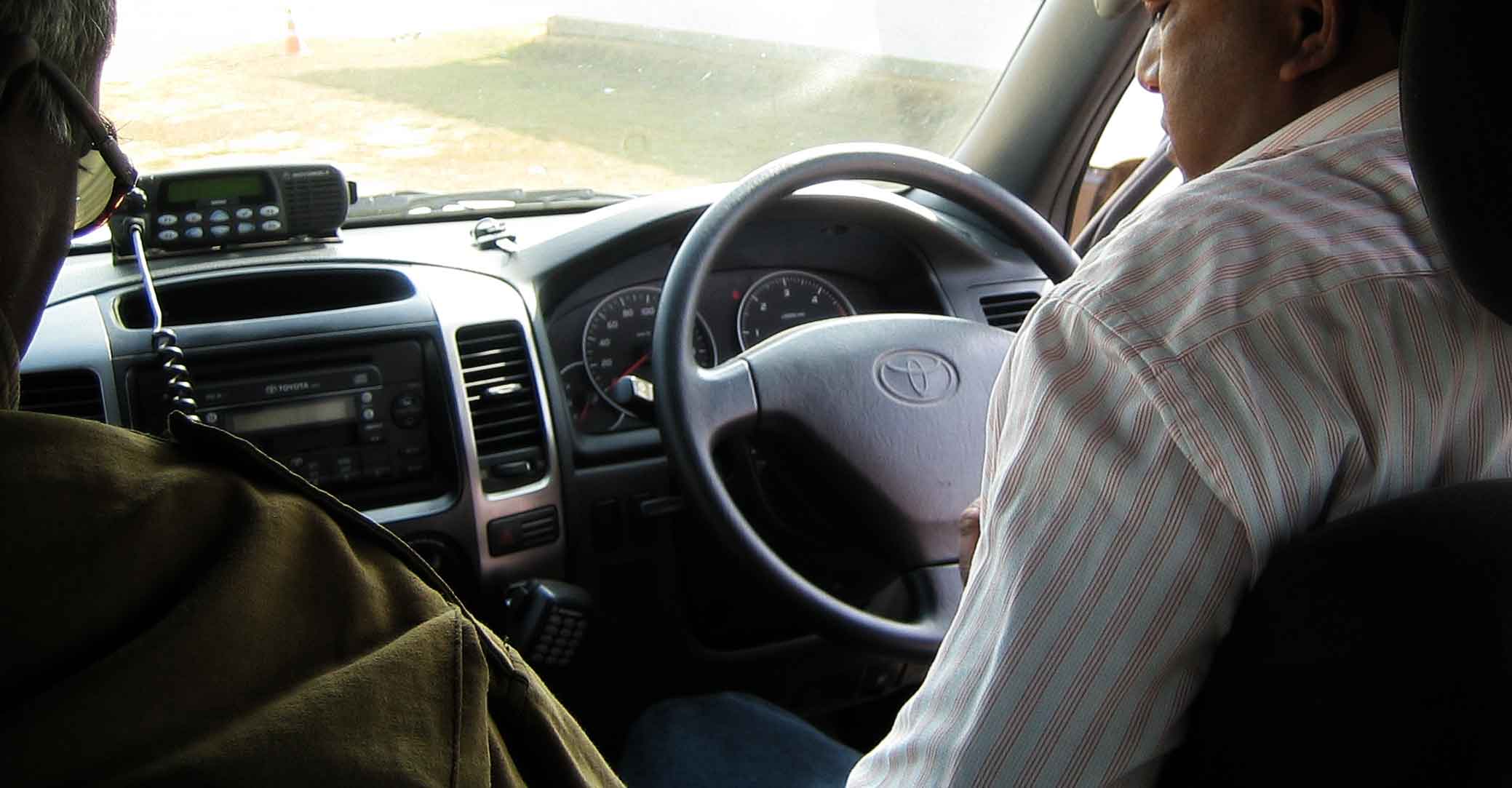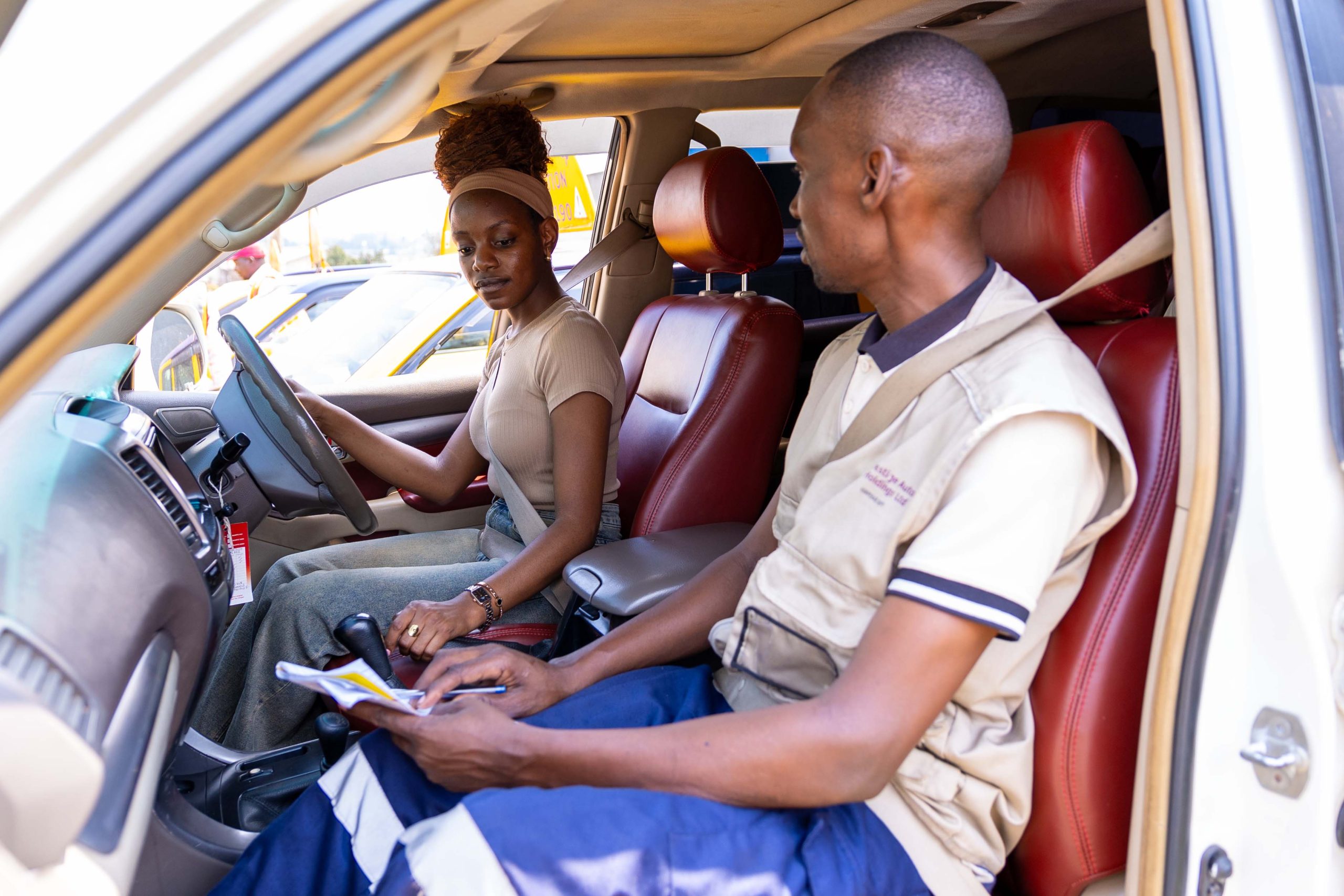Uganda, the “Pearl of Africa,” is a country of breathtaking landscapes and vibrant culture. However, its roads present a unique and often challenging environment for drivers. With a high rate of road traffic accidents, it’s clear that simply knowing how to operate a vehicle is not enough. The key to staying safe and responsible on Uganda’s roads is defensive driving. This article provides a comprehensive overview of defensive driving in Uganda from its core principles to the practical techniques and legal framework that every driver must understand.
What is Defensive Driving?
Defensive driving is more than just following the rules of the road. It’s a proactive mindset and a set of skills that enable a driver to anticipate potential hazards and make smart, safe decisions to prevent accidents, regardless of the actions of other drivers or the conditions of the road. It involves:

- Awareness: Constantly scanning your surroundings, checking mirrors, and looking ahead to spot potential risks.
- Anticipation: Predicting what other road users might do and preparing for the unexpected.
- Space Management: Maintaining a safe distance from other vehicles to give yourself ample time and space to react.
- Patience and Courtesy: Remaining calm in challenging traffic situations and avoiding aggressive behaviors like tailgating and excessive honking.
In the context of Uganda’s roads, defensive driving is not just a good practice—it is an essential survival skill.
The State of Road Safety in Uganda
Uganda faces a significant road safety crisis. Road traffic injuries are a leading cause of death and disability, with a mortality rate much higher than the global average. In 2024, the country recorded over 25,000 road crashes, with over 4,400 of them being fatal. The leading causes of these accidents include:
- Reckless and careless driving: This is the most common cause, including over-speeding, drunk driving, and dangerous overtaking.
- Poor road infrastructure: Potholes, poor drainage, and a lack of streetlights, especially on rural roads, pose significant hazards.
- Unpredictable road users: The eclectic mix of vehicles, motorcyclists (boda-bodas), cyclists, and pedestrians who often disregard traffic rules creates a chaotic environment.
- Inadequate enforcement and corruption: A lack of consistent and strict enforcement of traffic laws allows dangerous behaviors to persist.
Given these challenges, a defensive approach is the only way to mitigate the risks and protect yourself and others.
Core Defensive Driving Techniques for Ugandan Roads
While the principles of defensive driving are universal, their application in Uganda requires specific attention to the local environment.
1. Master the Art of Awareness
- Look Far Ahead: Don’t just focus on the car in front of you. Scan the road ahead for potential hazards like stalled vehicles, potholes, or animals.
- Check Your Mirrors Constantly: Be aware of what’s happening behind and to the sides of you. This is crucial for anticipating overtakers, especially unpredictable boda-bodas and matatus (taxis).
- Scan for Vulnerable Road Users: Pedestrians, cyclists, and motorcyclists are extremely vulnerable. In urban areas like Kampala, they may cross roads at unmarked locations. Always be on the lookout for them, especially near markets, schools, and residential areas.
2. Practice Smart Space Management
- The 3-Second Rule (and More): The “3-second rule” is a standard guideline for maintaining a safe following distance. In Uganda’s mixed-traffic and often poor road conditions, it’s wise to increase this to 4 or even 5 seconds, especially when following large trucks, buses, or in bad weather. This gives you more time to react to sudden stops.
- Avoid Blind Spots: When driving near large vehicles like trucks and buses, ensure you can see their mirrors. If you can’t see their mirrors, they can’t see you.
3. Adjust to the Environment
- Manage Your Speed: While Uganda’s speed limits are generally 50 km/h in urban areas and 80 km/h on highways, defensive drivers adjust their speed based on actual conditions, not just the posted limit. Slow down for heavy traffic, rain, dusty roads, and areas with high pedestrian activity.
- Be Mindful of Weather: During the rainy season (March-May and October-November), heavy downpours can turn dirt roads into muddy quagmires and reduce visibility. In the dry season, dust can have the same effect. Always use your headlights in poor visibility and avoid driving through flooded roads.
- Night Driving: Driving after dark in Uganda can be particularly risky due to a lack of streetlights, poor road markings, and unlit vehicles or obstacles. Whenever possible, plan to reach your destination before sunset.
4. Navigating Specific Ugandan Road Hazards
- Boda-Bodas: These motorcycle taxis are a defining feature of Ugandan traffic. They are known for weaving through lanes, sudden turns, and a general disregard for traffic rules. Defensive drivers must give them extra space and be prepared for their unpredictable movements.
- Potholes and Unmarked Speed Bumps: Potholes are a common sight, and many roads have unmarked speed bumps, especially in villages. Be attentive and slow down to avoid damage to your vehicle and loss of control.
- Livestock: In rural areas, it is common to encounter livestock like cows, goats, and sheep on the road. Slow down and give them the right of way.
- Traffic Congestion: Especially in cities like Kampala, traffic can be intense and frustrating. Patience is paramount. Avoid aggressive maneuvers like trying to squeeze through small gaps, which can lead to accidents and road rage.
Legal Requirements and Vehicle Readiness
A defensive driver is also a compliant and prepared driver.
- Know the Law: Be familiar with Uganda’s Traffic and Road Safety Act. This includes speed limits, seatbelt use (mandatory for all occupants), and the legal blood alcohol content (BAC) limit of 0.08%.
- Maintain Your Vehicle: Regular vehicle maintenance is non-negotiable. Ensure your tires have adequate tread, your brakes are in good condition, and all lights and indicators are functional. Always carry a spare tire, a jack, and a warning triangle.
- Carry the Right Documents: Always have your valid driver’s license (an International Driving Permit is required for foreigners), vehicle registration, and insurance documents on hand.
Where to Get Defensive Driving Training in Uganda
Investing in a formal defensive driving course is one of the best steps you can take to enhance your skills. Several institutions in Uganda offer certified training programs, which are often sought after by corporate fleets and NGOs. These courses typically cover both theoretical knowledge and practical, hands-on driving exercises. Some reputable driving schools and organizations to consider for defensive driving training include:
- J&K Defensive Driving Consultants
- Harus Driving School
- KCI Institute
- Victoria School of Motoring
These courses are beneficial for both new drivers and experienced motorists looking to refresh their skills and adapt to Uganda’s challenging road conditions.
Conclusion
Driving in Uganda can be a rewarding experience, offering access to some of the world’s most beautiful destinations. However, it requires a heightened level of skill and awareness. By adopting a defensive driving mindset, understanding the unique hazards of Ugandan roads, and investing in continuous training, you can significantly reduce the risk of accidents. Defensive driving is not just about protecting yourself—it’s about contributing to a safer road environment for everyone, one mindful and proactive decision at a time. Stay alert, stay patient, and stay safe.
By Bryan Muhoozi

